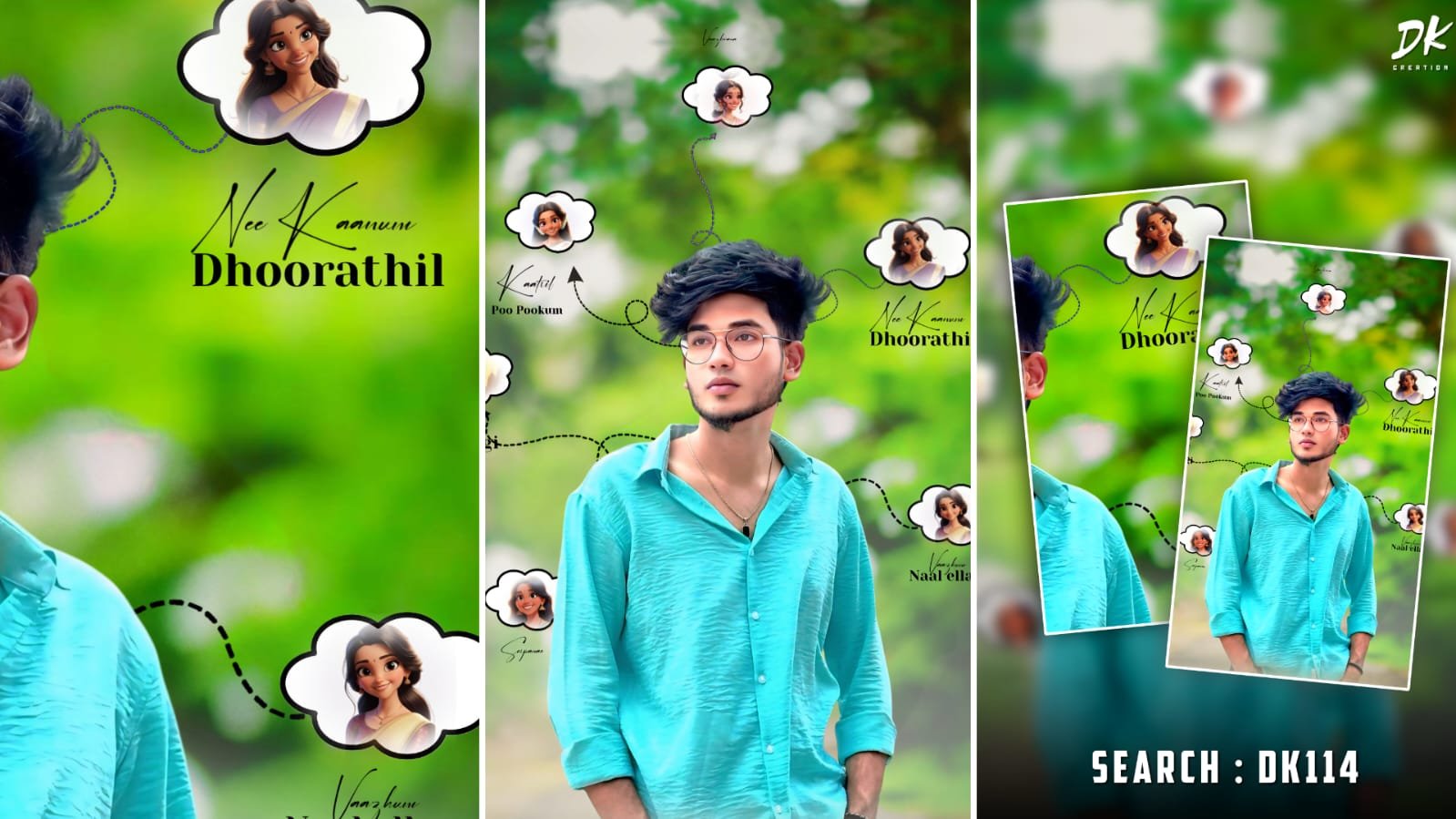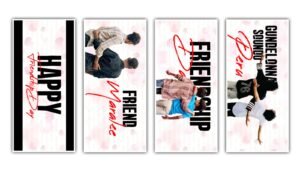Melody love songs work best with slow-motion clips. A simple glance, smile, or soft walk can hold deep emotion. Use natural light and subtle expressions in your shots. Let the music guide your scene timing. Emotion over action is the key.
Soft cinematic filters make melody edits more beautiful. Choose warm tones like orange and teal or vintage brown. These colors add depth to romantic mood. Avoid harsh contrast or over-saturation. Simplicity creates elegance in love reels.
Using lyrics on screen adds extra emotional touch. Pick one or two lines that hit the heart. Sync the lyric with the beat drop or scene change. Use classic fonts like Serif or handwriting styles. Keep it clean and readable.
Montage transitions help blend multiple shots smoothly. Slow fade-ins, cross dissolves, and blur transitions suit melody themes. Avoid fast cuts or zooms. The goal is to make visuals float with the tune. Flow is more important than flash.
Use nature-based clips like sunsets, rain, or beach. These scenes connect well with soft romantic vibes. You can record yourself or use copyright-free footage. Backgrounds should reflect inner feelings. Let nature speak silently.
FONT LINK :-
CLICK HERE
Add light particles or bokeh overlays for dream effects. These sparkles float around the screen softly. They make the edit look magical and emotional. Keep their intensity low for realism. Overuse kills the gentle feel.
Facial close-ups are powerful in melody edits. A teardrop, smile, or stare conveys deep emotions. Zoom slowly into eyes or lips when the music slows. These micro-emotions connect instantly with the audience. It’s pure visual storytelling.
Try voice overlays in the beginning. Use a poetic line or love quote in your voice. Slowly fade into melody music after that. This creates a heart-touching transition. People feel it’s more personal and artistic.
Avoid text clutter or multiple effects at once. One lyric, one soft transition, and one feeling is enough. Let the music breathe between scenes. Too much going on breaks the emotion. Minimalism is the beauty of melody edits.
End the video with a silent shot or instrumental fade. Don’t cut it off suddenly. Leave 2–3 seconds for the emotion to settle. A soft ending creates a lasting impact. Make them feel the love even after the reel ends.
Choose music that has slow rhythm and meaningful lyrics. Melody tracks work best when they feel personal. Language doesn’t matter if emotion is strong. Even instrumental-only songs can bring deep connection. The vibe is more important than words.
Match your cuts with beats or lyric pause moments. Timing is everything in emotional editing. If a line says “I miss you,” cut to a memory shot. Let visuals express what the lyrics feel. Sync brings emotional weight to each second.
Use letterbox frames or crop bars to give cinematic feel. This small trick gives a movie-like look to reels. It focuses the viewer's eyes on emotion. Combine with soft music and deep colors. Feels like a mini love story in 15 seconds.
Shoot in natural backgrounds like rooftops, streets, or empty rooms. Don't overdecorate with filters or effects. Raw emotion in real locations hits harder. Even a curtain moving in wind can say a lot. Real love needs real settings.
Add moments like slow touches, holding hands, or eye contact. These little moments carry big meaning. Record them in slow motion or 60fps for better results. The slower the motion, the deeper the emotion. Let the visuals breathe.
You can create a “split screen” effect showing both people thinking of each other. Use blurred edges or light leaks in the center. It shows distance, longing, or past connection. Melody edits support this kind of creative narrative beautifully.
Try mixing past and present shots. Like someone looking at an old photo or memory scene. Fade between them using soft light transitions. This builds a gentle story without words. Love songs often carry that nostalgic emotion.
When adding lyrics, don’t place them in the center always. Use bottom-left or top-right areas for neat balance. Also, animate them with a soft slide or typewriter effect. Don’t rush the words — let each line stay on screen for 3–4 seconds.
Use “depth of field” focus when possible. Blur the background while the subject stays sharp. This effect draws viewers deeper into emotion. If your phone supports portrait video or cinematic mode, use it well. It adds professionalism.
Before posting, preview the video with sound off and then with full volume. This helps balance music, visuals, and timing. Make sure your emotion works in both cases. A strong melody reel doesn’t just look good — it feels right.







